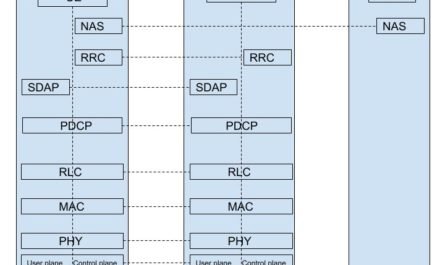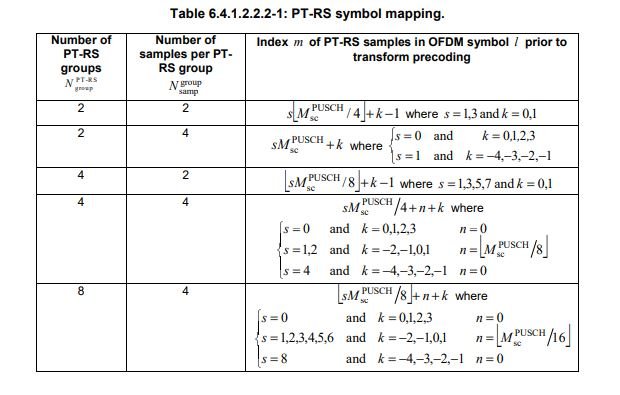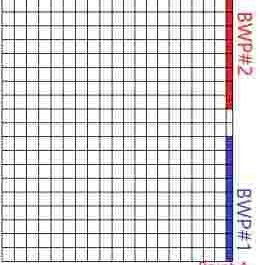Dynamic TDD in 5G NR Vs TDD Transmission in LTE
Dynamic TDD in 5G Vs TDD in LTE. TDD(time division duplex) is a kind of transmission scheme where a single carrier frequency is separated in DL and UL direction by time domain. Downlink and Uplink transmissions are non-overlapping in time.
Since it is non overlapping in time domain from the cell and the device perspective, it is classified as half duplex operation.
Difference between TDD in NR and LTE
In case of LTE, the split between downlink and uplink resources in time domain was basically constant over time. But in case of 5G NR, the the split between uplink and downlink resources are not constant. 5G NR uses dynamic TDD concept where slots can be allocated to UL or DL dynamically and this decision is made by scheduler while scheduling resources.
Consider an example of eMBMS. If a user uses mobile TV, then that user does not need many UL slots. The scheduler can reduce the number of UL slots for that user and use those UL slots for DL transmission. In this way downlink data will be increased and it will definitely improve the user experience.
Advantage of Dynamic TDD
- Maximum utilization of resources. As we discussed above, we can dynamically decides DL and UL slots during scheduling.
- Helpful in a area where there is a rapid traffic variation.
Dis Advantage of Dynamic TDD
- May introduced interference.
- Complex design. Scheduler logic and RF design will be complex.
- Device will need more power while scheduling more UL which is will be a real concern for users.
5g millimeter wave spectrum and 5g NR frequency bands.
You are kindly requested to join our 5G forum by clicking the 5G forum tab and help us grow the 5G community. We can share our knowledge and help each other.




